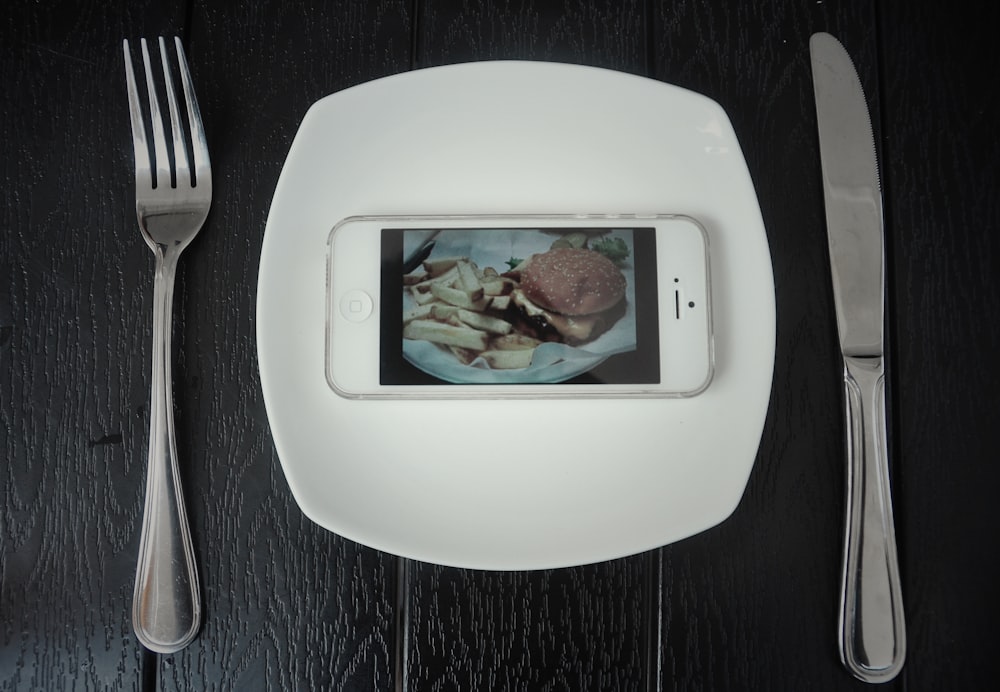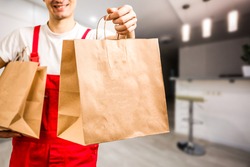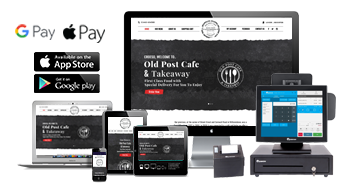Cloud Kitchen providers are one of the key players as the Restaurant Industry enters a new era of food delivery and preparation. Statistics are showing that the global delivery market has a healthy chance of growing more in this decade, and with the recent events, it will surely grow ten folds.
The ordering economy is rising, and restaurants are having a hard time keeping up with this additional demand. It may be a good thing as it adds up 10% to 30% on their sales, but this also means labor will be doubled as they are catering both in-house and delivery orders. Restaurateurs, as usual, saw this challenge as an opportunity to expand their business into a bigger market thus – cloud kitchens.
WHAT IS CLOUD KITCHEN
Cloud Kitchen is an industrial kitchen that has no storefront and operates and caters transactions online. Also known as Dark Kitchens and Ghost Kitchens, these are establishments that give restaurateurs and aspiring restaurateurs to enter a highly competitive industry with the lowest cost.

It also allows existing restaurants to test how their concept will work out to the local community, catered by the cloud kitchen, without the need of putting up a brick-and-mortar restaurant and they get to save with other upfront costs as well.
As there’s still a continuous growth in food delivery, eventually this business concept was made into a whole new segment in the Restaurant Industry. That’s why it is not surprising that there are some who foresee this event and became the early adopters of this booming segment.
WHAT ARE THE MODELS OF CLOUD KITCHEN
Cloud Kitchens have many types and concepts, though it all boils down that it caters online, website, and in-app orders. Here are the types of Cloud Kitchens to check out:
- INDEPENDENT MODEL
- MULTIBRAND MODEL
- MIDGROUND MODEL
- BRAND OWNED MODEL
- HUB AND SPOKE POD MODEL
- OUTSOURCING MODEL
- MOBILE CLOUD KITCHEN
- PICK UP ONLY
TOP CLOUD KITCHEN PROVIDERS AND RESTAURANT GROUPS
KITCHEN UNITED
A cloud kitchen provider that’s been backed up by Google, Kitchen United provides restaurants a working space that has top-notch facilities for the sole purpose of extending their reach to new markets for pickups and deliveries.
This cloud kitchen provider offers not just commercial kitchen space, but they also give their partners resources and business intelligence needed to succeed with the risks at minimal. The good thing for Kitchen United, they offer two sections of operations.
First section is basically a shared kitchen for those who want to experiment or are looking for a space to launch out their new concepts and ideas. Second section is for existing restaurant brands who want to expand their market through delivery and pickup.
One downside for this cloud kitchen provider is that it doesn’t have its own ordering platform. While others would want to have a centralized ordering system, Kitchen United’s former CEO Jim Collins said that they want to focus on integrating with other ordering platforms to solve the puzzle of restaurant and consumer behavior.
CLOUDKITCHENS
Founded by Uber former CEO Travis Kalanick, it is a shared kitchen that’s located in San Francisco. Like other cloud kitchen providers, it provides infrastructure and software that allows food operators to run a delivery-only space with minimal cost and shorter preparation time.
CloudKitchens is a cloud kitchen provider that established that you could start running your restaurant in their kitchen as fast as one month. This is such an advantage as this business model captured the growing trend of food delivery.
FULTON KITCHEN
This cloud kitchen provider offers private and commercial kitchens for rent that’s been approved by wholesale and the health department. It’s running 20 kitchen units that serves as a stepping stone for food operators to build their business.
But, Fulton Kitchen has no personnel support to the restaurants renting out to them to ease up other kitchen functions such as washing dishes for everybody. Entrepreneurs have to check their way with FDA approvals and such.
VIRTUAL KITCHEN CO

Another key player that comes from Uber, Ken Chong and Matt Sawchuk founded this cloud kitchen provider together with chef Andro Radonich. With the help of this Virtual Kitchen Co, restaurants can reach out to 20 locations through deliveries.
The selling point of this provider is that it utilizes data and technology to strategically place their kitchen to help restaurants and entrepreneurs to expand their business with minimum costing. This cloud kitchen provider also uses their data to know what cuisines are lacking to a local community, and what ingredients should go into which meals. They share it to their partners, and make it both easier for them and their restaurant partners to operate.
KITOPI
Founded last 2018, this cloud kitchen provider has helped almost 120+ of restaurants to expand their customer reach via delivery, and has given restaurant owners more freedom to focus with their menu development and in-house operations.
Kitopi also developed an in-house suit of applications called SKOS or Smart Kitchen Operating System which real-time optimizes kitchen operations to increase utilizations and maximize efficiency
DOORDASH KITCHENS
Halal Guys, Rooster & Rice, and Humphry Slocombe are just some of the Bay Area brands that’s operating within this shared commissary kitchen. Doordash Kitchens is a cloud kitchen provider that doesn’t hold their partners with a 10+ year long lease arrangement.
Instead, they show to their partners how their concept would work into a location that’s unfamiliar to them. It is a cloud kitchen provider that gives data on what the demand looks like in a particular area for their partner’s concept.
TOP CLOUD KITCHENS RESTAURANT GROUPS
Cloud Kitchen providers are establishments that give food entrepreneurs a space to start and increase their sales, but a Cloud Kitchen restaurant group are existing restaurant groups that operate within a shared kitchen. Here are some of the top cloud kitchen restaurant groups in the market:
ALT GRUB FACTION

Owned by a food industry giant, Chef Eric Greenspan, it is a virtual food court that caters four of his restaurants that solely exists online namely: Bubu’s Birds & Burgers, Brekkie, Chino, and 2 On a Roll. And all the orders for these brands are prepared by one team from their ghost kitchen.
They have improved their menu for delivery and took risk on delivering foods that are usually not good for delivery. Recipes have been innovated and optimized in order to perfect this concept.
KEATZ
Based in Europe, this cloud kitchen restaurant group has expanded its reach from Berlin to Amsterdam, it focuses on re-inventing international specialties for delivery.
It partners up with Deliveroo and UberEats for their delivery service. And like Alt Grub Faction, it’s continuously looking for ways on how to sell takeout food that’s well suited for delivery.
REBEL FOODS
Catering 320+ cloud kitchens in 3 countries, Rebel Foods is the third largest food delivery platform in India. Founded by Jaydeep Barman, and joined with Kallol Banerjee they have launched Faasos.
Faasos is it’s in-house application that was recently rebranded into EatSure. This change put emphasis on the hygienic aspect of their process, ingredient, and packaging.
CLOUD KITCHEN DROPSHIPPER
Another thing to look out for with Cloud Kitchen is a Cloud Kitchen Drop shipper. They are basically following the principles of a drop shipper in a cloud kitchen concept. One of the key players on this segment is 2ND Kitchen.

2nd Kitchen connects to a bar (or a business that doesn’t have a full-functioning kitchen) to a restaurant that’s walking distance or near to the location of the bar to gather a menu of items. Then customers would be able to order from this menu in the establishments that have no kitchens and it will be delivered straight to their table.
It helps the kitchenless business to add the food section of their operations without the expense of adding a full-functional kitchen.
Cloud Kitchens providers may look like it’s killing the hospitality side of the Restaurant Industry, but this sudden crave for fast and convenient service of the consumers is just one of the trends that will surely change and die down, as with food delivery apps. After all, food is about experience.
But since the shift is yet to come, it is best to make the most out of this concept. And when a shift from the market has occurred again, it is time to start finding again the best ways on how to adapt to these new changes.








